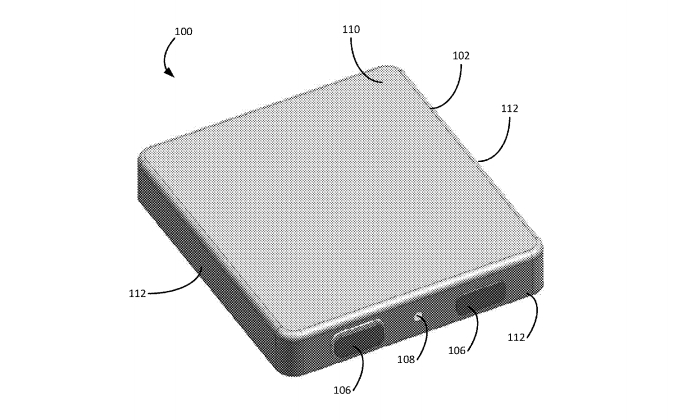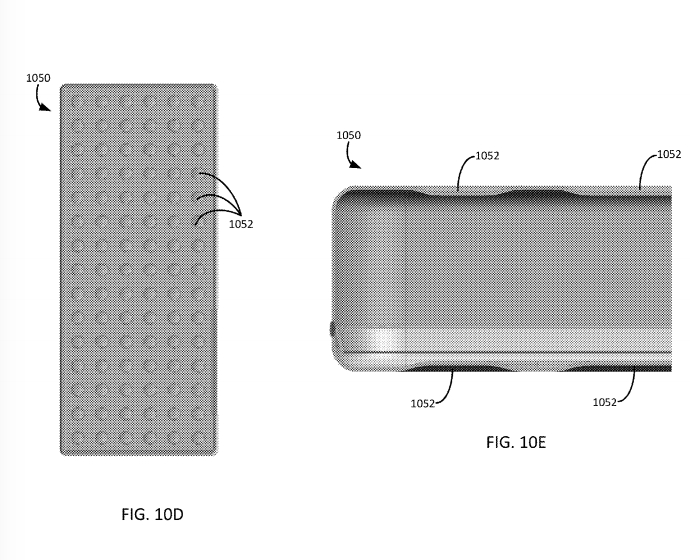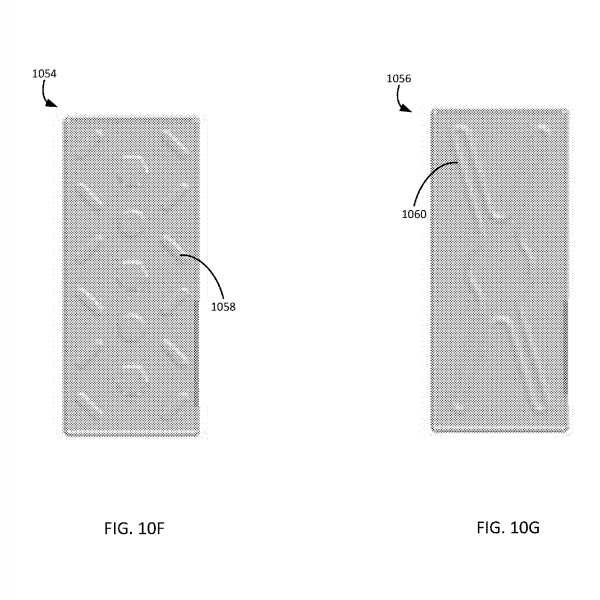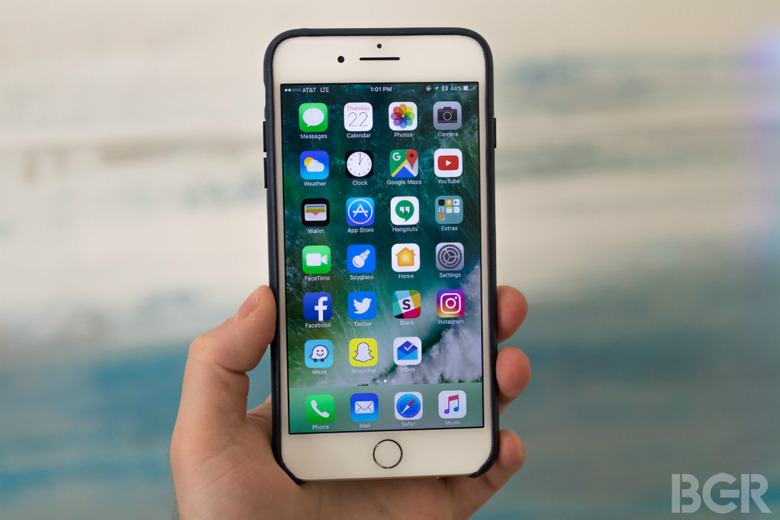Apple Is Working On iPhone Batteries That Last Longer And Don't Explode
Samsung is currently dealing with a massive Galaxy Note 7 scandal that was caused by a faulty battery design. Unsurprisingly, even the slightest battery design error can lead to life-threatening explosions, and we've seen cars and even a house destroyed as a result. The Galaxy Note 7 isn't the only smartphone whose battery exploded, but it's the first one to be recalled because of a widespread battery defect. iPhones can explode too, although Apple never had to resort to such extreme measures to fix battery problems. And it turns out that Apple is studying ways to make its future batteries even more efficient while also ensuring that they remain safe.
DON'T MISS: Under no circumstances should you buy a Galaxy Note 7
A new Apple patent application titled Battery Can describes technology that would let Apple create batteries that provide more energy and a longer lifespan while offering improved safety as well. Filed on April 1st and published on October 6th, the patent highlights battery enclosure technology that would ensure the safety of the user while also improving battery performance.
The patent focuses on the battery enclosure rather than the battery cell, proving that Apple is very interested in creating batteries that will be less likely to explode or swell as they approach the end of their lifespan.
"Battery performance and lifecycles in mobile electronic and other types of computing devices are an ever increasing concern," Apple writes. "Particularly as mobile devices become smaller while the processing power and demands on such devices increase, the ability of the battery to provide the necessary power needs to the device increases in importance and competes with the desire to reduce the overall size of the device. Obtaining more power from the battery while restraining the overall size of the battery to fit within the mobile device is a continual challenge. It is with these and other issues in mind that various aspects of the present disclosure were developed."
The battery can design Apple proposes will provide "increased pressure on the battery stack for higher battery performance." The battery can design could have any shape or size, giving the battery assembly "substantial form factor flexibility."
Apple also details a way of manufacturing a battery can enclosure that would reduce the gap between the battery stack and the can surface compared to traditional designs.
"The reduced gap can result in a more intimate and/or constant contact between battery and the battery can," Apple explains. "This reduction in the gap aids in resisting swelling of the battery stack during the lifetime of the battery. Such resistance to the swelling of the battery stack may increase the performance, durability, and useful life of the battery, as well as protect the device in which the battery can is mounted."
The patent specifically mentions various Apple products that could benefit from such innovations, including the iPhone, iPad, iPod and Apple TV, which are all specifically named in the patent application. The battery can technology described in the patent might also be used for laptops, computer accessories or anything else that might contain a battery.
That said, there's no telling which new Apple products will actually make use of this type of battery can design, or even whether or not any Apple products already contain such batteries.



